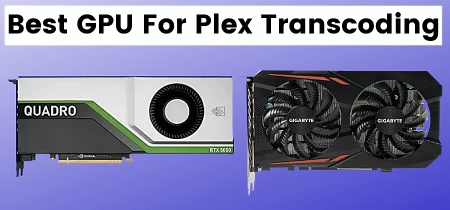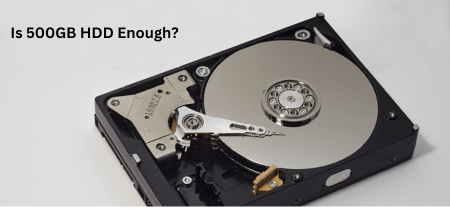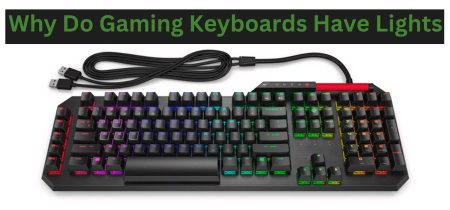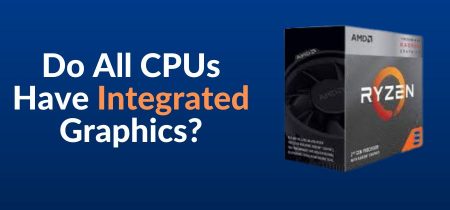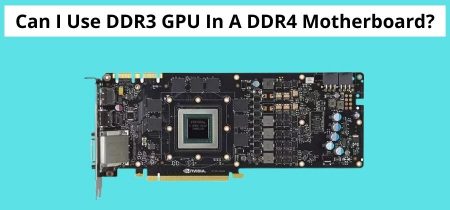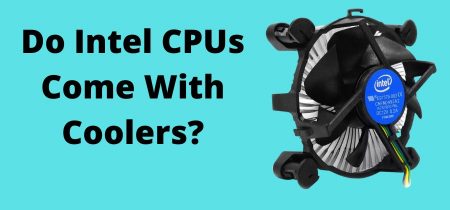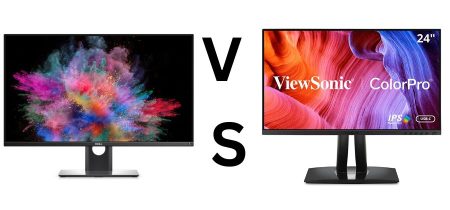Many people are unaware of how many fans are needed in a PC and that most PCs fail due to overheating. If a computer’s internal hardware becomes overheated, it will eventually fail to work.
On the other hand, cooling the computer is the only way to reduce heat and extend its life. Check out these tips to maintain your computer’s coolness. Hopefully, you’ve noticed that your computer has fans on it more than once. The primary purpose of the fan is to keep the computer cool. Computer fans work by attracting cold air from outside the computer while expelling the warm and hot air inside, cooling the device.
When gaming, you only need a certain number of fans to keep your Gaming PC cool at all times. It will install all of the additional fans to keep your gaming PC at the temperatures you desire and improve some of your hardware, mainly the CPU.
Fans are still required even if your gaming PC is equipped with a liquid cooling system. These fans are utilized to ventilate your computer and play a vital function in optimal ventilation. While a liquid cooling system can keep your CPUs and GPUs cooler, you’ll still need a fan to keep the rest of your system cool and ventilated.
This article will explain how many fans you’ll need for your PC and why you’ll need them.
What Are the Effects of Case Fans on Your Computer?
Case fans control the airflow within your computer. This raises the question of how many case fans you’ll require. It is necessary to have at least two case fans. The first is to bring cool air in (intake), while the second is to bring heated air out (exhaust).
The CPU, followed by the GPU, is the component that requires the most significant cooling. Most builds have the exhaust behind the PC and the intake near the drive bay, with the exhaust behind the PC and the information near the drive bay. Heat will quickly be dissipated and replaced by cooler air from the front of the case.
How many fans does a computer require?
We recommend getting at least three fans for your computer, not including the power supply, CPU, and GPU fans. If your case does not come pre-built with fans, it should include slots for them so you may install them yourself. However, we recommend that you do not overspend on cooling systems.
Everything can undo all of your hard work. Thus components should be tuned to keep this from happening. This is particularly useful for cooling and power, although you could use it for nearly any variable. In almost any case, you can add cooling fans yourself. You only need to perform a little bit of DIY for this.
You’ll need more intakes than exhausts to generate high pressure. This guarantees that the inputs take in more oxygen than the discharge of the exhaust. In your situation, however, surplus air will escape through some vents and minor cracks/crevices to re-equalize the pressure with the outside. As a result, the only method for air to enter the condition is through the intake fans.
Air purifiers mounted above your intake fans will regularly clean your case’s interior. If you have multiple exhaust fans, air will be drawn through each small vent and aperture to alter the pressure. Because you can’t channel each small aperture around your casing, and the residue will inadvertently get sucked in with the air, your interior parts will become dusty over time.
When it comes to typical mid-towers, the rule of thumb is to have two intake fans and one exhaust fan. However, this is only to maintain specific pressing parameters and preserve as much residue on the front filter reasonably possible. However, in most circumstances where ventilation is adequate, you may get by with just one intake or exhaust fan. Unless you’re using SLI, heavily overclocking everything, or have incredibly high ambient temps, you shouldn’t need to pump additional air into the system.
Also Read: Which motherboards support PCIe 4.0? | Simple Guide!
Are two fans sufficient for a PC?
Two case fans, one intake in the front and one exhaust in the back provide the best improvements to CPU and GPU thermals. Most general-purpose computers can get by with just one intake fan, depending on the hardware and case layout. For a low-end gaming PC, 1/1 is acceptable, but 2/1 or 3/1 is required for higher-power systems. Excessive top or bottom fan combinations are ineffective when using exceptionally high-power pull pieces or just for fun.
Can there be too many fans on a PC?
The primary goal of PC fans is to improve airflow in your computer; however, having too many might have the opposite effect. I wouldn’t say that having too many fans is terrible for your PC; it all depends on how they’re configured. When the number of exhaust fans exceeds the intake fans, too much air is pulled out too quickly.
Is it safe to run GPU fans at full speed?
Yes, technically, you can run the GPU fans at full speed. However, there will be a tremendous amount of noise, which will not be pleasant to the ears. However, if you can tolerate this noise, it shows more strength.
Another issue with operating the GPU fans at full speed is that it causes the GPU fans to overheat. It will put the fans under additional strain, but they will not fail too soon. Because the bearings are already rated at 12 volts, you will hear them go when they die. Because the core clocks off when it’s not in use, there’s no need to keep the fan running at full speed.
What should the RPMs of my PC fans be?
You want to achieve a balance in terms of airflow efficiency and noise. The RPMs of your PC case fans should be between 900 and 1000. This is the optimal RPM for your case fans, in my opinion.
I want to point out that your PC fans should all be running simultaneously. This is done to improve airflow. If you run your fans at various speeds, you can have a negative airflow.
You can run your fans at maximum speed if you aren’t concerned about noise; however, this has one disadvantage. Running your fans at full speed has the unintended effect of shortening their life duration, but this relies on the quality of your fans.
One way to look at it is that even while the longevity of your fans is falling, the lifespan of your fans is increasing.
A negative airflow is created when the number of intake fans exceeds the number of exhaust fans. You’ll wind up pulling in more air than your exhaust system can manage, allowing the stand to sit in the tower for an extended period.
Also Read: What Are PCIe Lanes? | A Complete Guide in 2023!
Conclusion
It’s critical to plan your PC’s cooling system if you want all of your components to work smoothly. It will help you prevent excessive hardware throttling and maximize the performance of your PC.
To have optimum airflow, it must balance the number of case fans in a computer. Three intake fans and one exhaust fan, in my opinion, are often the optimum combination for a well-balanced, consistent airflow.
Some users prefer to use the radiator fans as case intake fans when liquid cooling is involved. This is something I would like to avoid because it is inefficient. When you use the radiator as an intake, the air you bring into your system begins to warm up even before it flows through the radiator.
The quality of the fans you buy, how you plan to install them, your case, your internal hardware arrangement, and, of course, your workloads will all influence how many case fans you require.
Frequently Asked Questions
Is it possible to have seven fans on a computer?
No. It only becomes problematic if you mix them together so that it doesn’t result in a fluid flow. If there is a lot of turbulent movement, the hot air may become trapped instead of flowing smoothly from front to rear and out of the case. However, installing fans for more flow is not an issue.
Is one PC case fan sufficient?
Compared to having no fans at all, having at least one intake and one exhaust fan should significantly reduce temperature. Experiment with fan placement; you might find that one fan on top and one in the back consistently provide a few degrees lower temperatures than both fans in the back.
Is CPU cooling required?
A CPU cooler is necessary for a CPU with 25 watts or more power consumption to avoid overheating. If you’re referring to an aftermarket cooler, overclocking, noise level and efficiency are all issues to consider.


